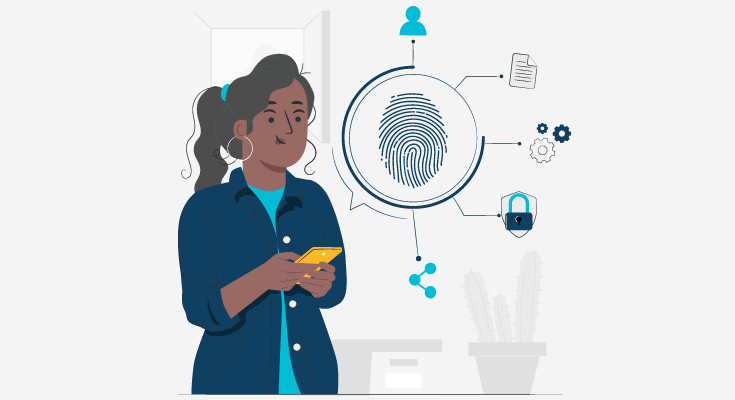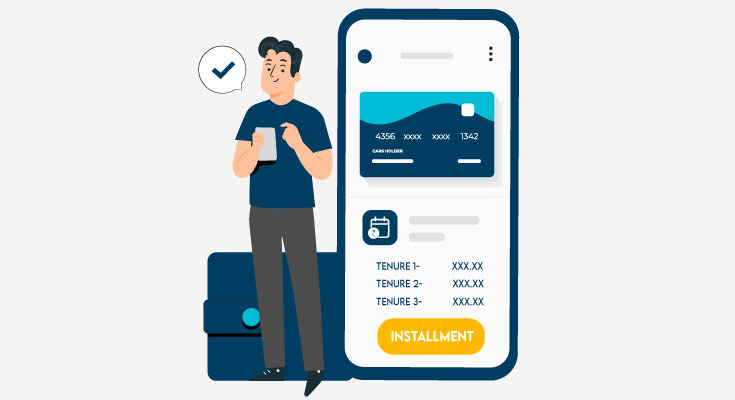Cryptocurrency exchanges serve as both magnets for fraudsters and subjects of regulatory scrutiny. To navigate this landscape effectively, it’s crucial to enhance crypto KYC (Know Your Customer) and identity verification tools, striking a balance between fraud prevention and regulatory compliance.
What Exactly is Crypto KYC?
Crypto KYC, or Know Your Customer, represents a legal obligation for centralized exchanges to authenticate user identities. The primary aim is to prevent illicit activities such as money laundering, tax evasion, and illegal funding through cryptocurrencies.
Given the involvement of monetary transactions and pseudonymous digital assets, crypto exchanges are prime targets for fraud and criminal activities. As a result, governments have enforced increasingly stringent KYC and identity verification rules.
However, these requirements are often met with reluctance by both exchanges and crypto enthusiasts. According to a 2019 Coinfirm report, 69% of crypto businesses lacked comprehensive and transparent KYC processes.
Crypto KYC Process in Action
The procedure for crypto KYC is analogous to that in traditional financial institutions, guided by regulations set by government authorities in alignment with the exchange’s geographical location.
Key elements of the cryptocurrency KYC process include:
- Verification of the user’s full name
- Confirmation of residential address
- Validation of date of birth
- Submission of an ID document substantiating the above details
While these checks can be carried out manually, automation through specialized KYC software is more common. Such software provides a risk-based approach and incorporates identity verification tools.
In light of anti-money laundering (AML) requirements, combining KYC with AML checks, encompassing politically exposed person (PEP) screenings, sanction checks, and adverse media scans, further strengthens compliance efforts.
The Advantages of Employing Crypto
KYC Integrating some form of KYC during user onboarding offers significant benefits to crypto exchanges and platforms. These advantages include:
- Enhanced Compliance
Many jurisdictions mandate crypto KYC as a legal prerequisite within the FinTech sector. Neglecting proper KYC procedures can lead to fines or regulatory issues related to anti-money laundering and countering the financing of terrorism (AML/CFT) laws.
- Reduced Fraud
Robust KYC protocols act as a deterrent against various forms of fraud. Gaining comprehensive insights into customers enables monitoring and potential restriction of high-risk individuals.
- Fostered Trust
Implementing robust KYC measures instills confidence in customers, demonstrating the exchange’s commitment to adhering to legal standards and safeguarding their interests.
- Ecosystem Protection
Crypto KYC plays a pivotal role in safeguarding the financial ecosystem against money laundering, terrorist financing, and other fraudulent activities.
- Preserved Reputation
By showcasing diligent steps taken to secure customer assets and accounts, the exchange’s reputation is fortified and protected.
- Advancing The Crypto Vision
A robust KYC process can alleviate reservations that potential investors may have about engaging in cryptocurrency, thereby promoting broader participation and mutual benefits.
Challenges Encountered in Crypto KYC Despite well-intentioned efforts, crypto exchanges face significant challenges in implementing effective KYC procedures.
Here are four key obstacles:
- Variety of Fake Id Types
Fraudsters exploit diverse tactics, including synthetic IDs and deepfake technology, to bypass KYC procedures and gain access to crypto exchanges.
- Balancing Friction And Security
Users seek swift access to volatile markets, necessitating a delicate balance between seamless onboarding and stringent security measures to avoid customer churn.
- Clash With Crypto Ideals
While crypto enthusiasts envision the technology as innovative and exempt from conventional financial regulations, regulatory bodies impose distinct standards. Exchanges may need to incentivize users to complete KYC by offering special deals.
- Risk of Compliance Fines
Inadequate KYC checks expose exchanges to substantial fines. Failure to meet requirements can have serious financial implications. Regulatory scrutiny extends beyond crypto exchanges to encompass various crypto-related entities.
In a notable example, a crypto tumbler faced a $60M fine in 2020 for non-compliance with AML standards.
Effective Tools and Features for Crypto KYC
Automated processes are standard in crypto exchanges’ KYC checks, necessitating the incorporation of the following tools and features within their KYC software:
1. ID Selfie and Video Verification
Modern identity verification vendors offer seamless integration of document verification into crypto KYC procedures. However, it’s important to note that these tools introduce a degree of friction to the user experience.
Additionally, concerns about falsification arise, as fraudsters can manipulate IDs or use stolen credentials. These checks also carry a significant cost, with automated document verification estimated at an average expense of $2 per check.
2. Digital Footprint Analysis
Digital footprint analysis serves as a preliminary KYC check or an extra layer of security for crypto KYC. It involves uncovering hidden digital and social signals to gain deeper insights into users. Data points include email addresses, IP addresses, phone numbers, browser types, and device specifications. Notable aspects of this analysis include:
3. IP Lookup
Identifies high-risk IPs, potentially associated with harmful activity, suspicious data centers, or VPNs.
4. Email and Phone Lookup
Flags free email providers and virtual SIM cards, aiding in risk assessment.
5. BIN Lookup
Helps establish card-issuing banks or detect invalid details, contributing to user profiling. By integrating this information and subjecting it to risk assessment rules, a clearer understanding of user risk is achieved during the crypto KYC process.
6. Device Fingerprinting
Device fingerprinting capitalizes on the unique amalgamation of hardware and software attributes within users’ devices. This distinct fingerprint can serve as a key identifier, aiding in identifying connections between accounts.
The technology also helps identify and exclude bad actors relying on emulators and virtual machines, which are considered high-risk.
7. Blockchain ID Validation
Blockchain technology presents a novel approach to ID verification, offering potential advantages in terms of anonymity, affordability, and efficiency.
For example, HSBC’s successful experiment with blockchain-based KYC in the UAE demonstrates its potential. However, challenges remain, including limited adoption of blockchain KYC and the need for explicit regulatory approval.
8. Leveraging Digital Footprint
Analysis in Crypto KYC SEON’s track record with crypto exchanges highlights the effectiveness of digital footprint analysis in facilitating KYC checks and reducing chargebacks resulting from fraudulent credit card transactions.
Key advantages include:
- Seamless experience: Real-time data collection via API minimizes friction for users.
- Cost savings: Digital footprint analysis acts as a pre-filter, blocking low-quality users before engaging in more resource-intensive KYC checks.
- Enhanced intelligence: The analysis complements manual reviews, allowing for a more comprehensive risk assessment. Users with incomplete digital footprints or obscured online presence can be subject to closer monitoring.
You can explore this approach by entering an email address or phone number below, discovering the depth of insight a digital footprint can provide about a potential legitimate customer.














